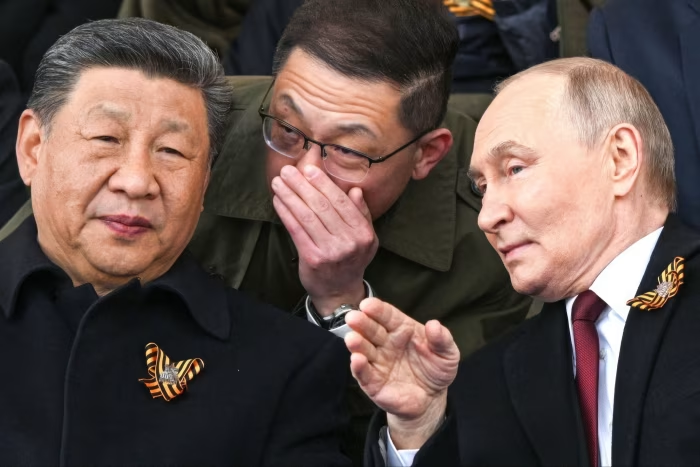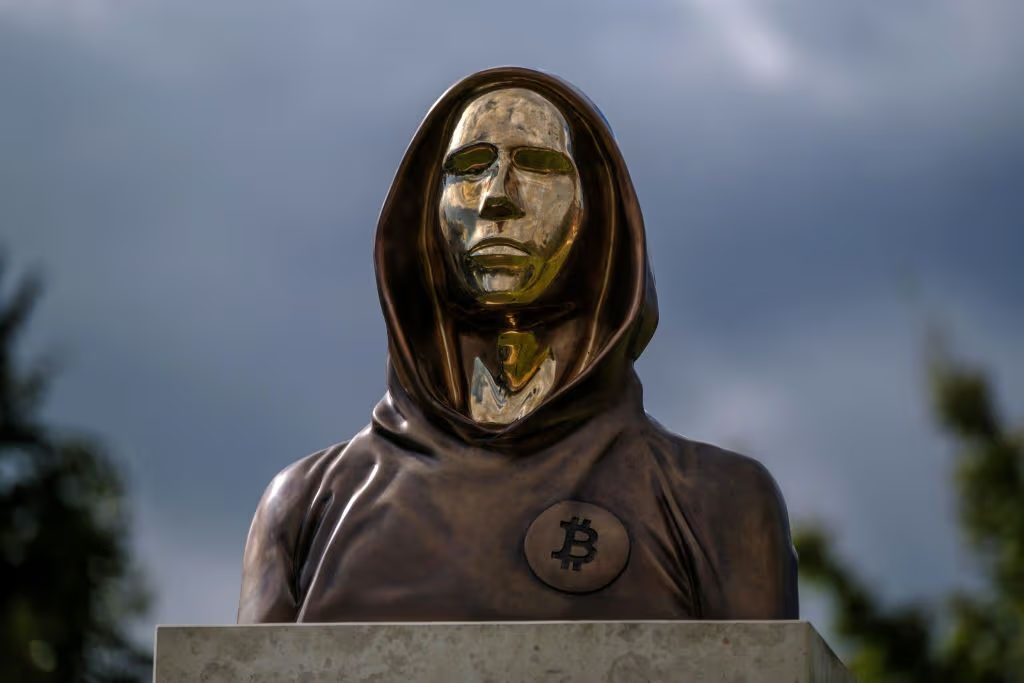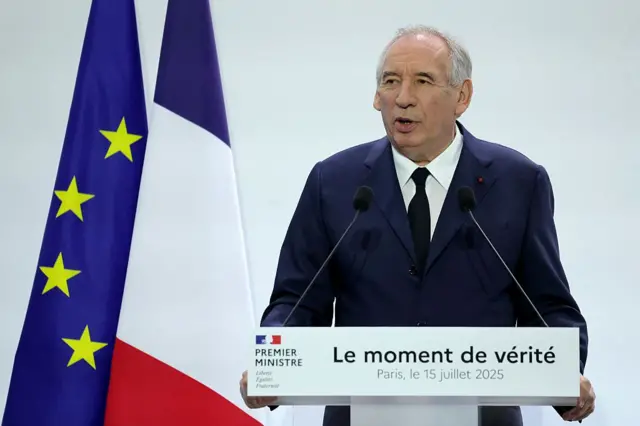The Dragon Meets the Bear: A New Alliance in a Changing Era

Imagine the dragon and the bear—two giants awakening in Eurasia, choosing union over rivalry. What ancient forces compel them to walk side by side? Together, Xi and Putin are crafting a narrative of defiance and unity, painting a new global picture .
The Ties That Bind
Their bond is deeply emotional: both nations see themselves as victims of a Western system that stigmatizes and restricts them. Xi invokes memories of foreign subjugation; Putin condemns Western hypocrisy. United by shared resentment, they claim the “right side of history” .
A Silk‑Road Redux
China’s Belt & Road Initiative and Russia’s Eurasian vision point eastward to cooperation rather than coercion. This “Dragon‑Bear” axis leans on the Silk Roads of old, seeking to revitalize Asia’s centrality in global affairs, not as an imperial center but as a network of mutual benefit .
Confident Yet Cautious
They speak of an unbreakable “strategic partnership.” But beneath the surface, questions emerge. Russian expansionism and Chinese dominance make each wary. Scholars suggest that once geopolitical convenience fades, so might their trust .
Ukraine as Catalyst
Ukraine has proved both a test and opportunity. Trade between the two surged to nearly $245 billion by 2024, while Beijing gleaned battlefield lessons and discounted resources. Yet, espionage warnings from Russia signal ongoing suspicion .
A Glimpse into the Future
Will this alliance evolve into a formal bloc, or remain a temporary convergence? With BRICS poised to expand and global power tipping east, this duo aims to remap global governance. But true ideological alignment remains elusive .
Closing Thoughts
The Dragon and the Bear walk together now, bound by resentment and ambition. This is not the old world, nor the one America built. It is a dawn of strategic pragmatism—and perhaps a portent of a different global age.





